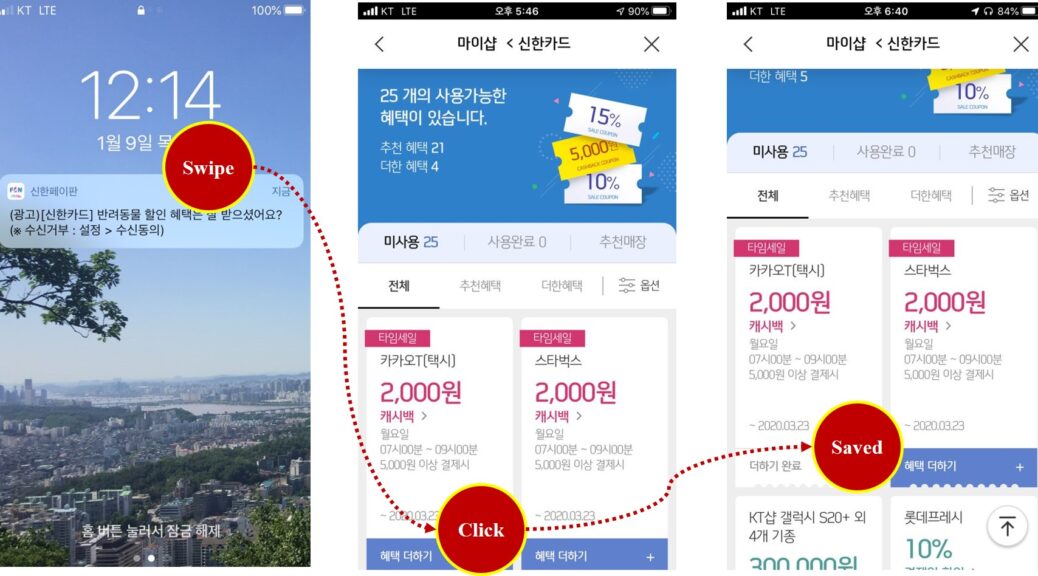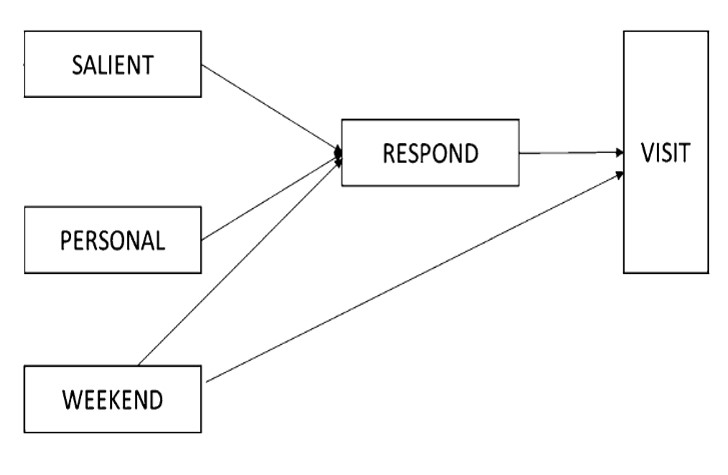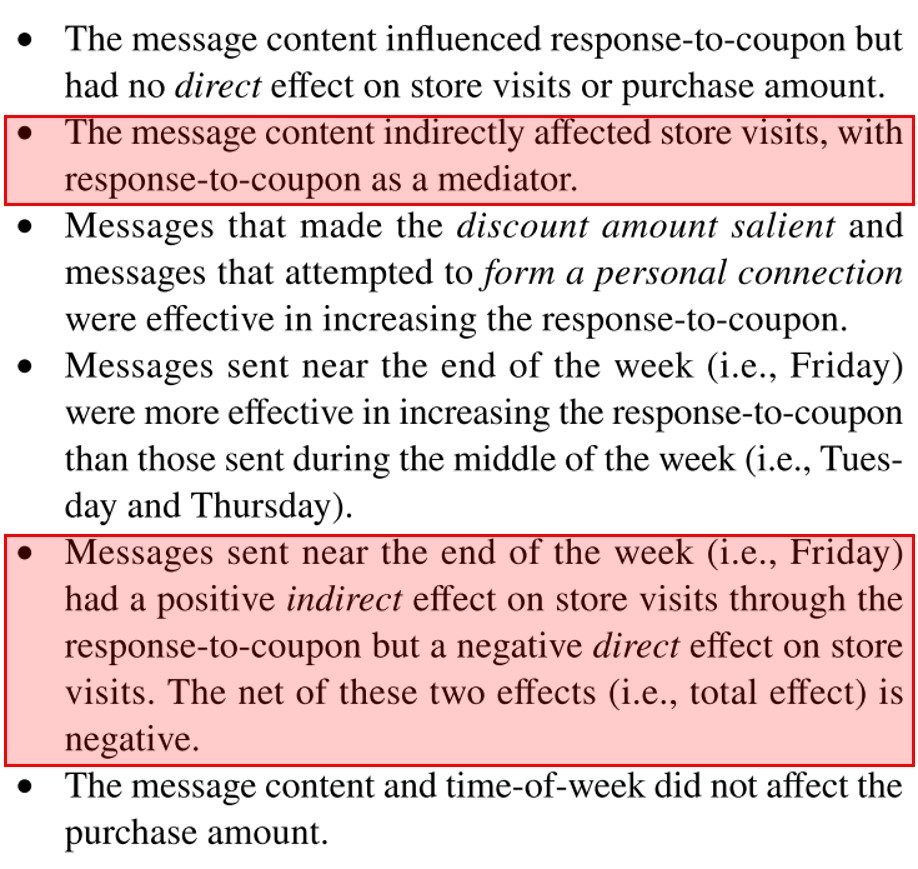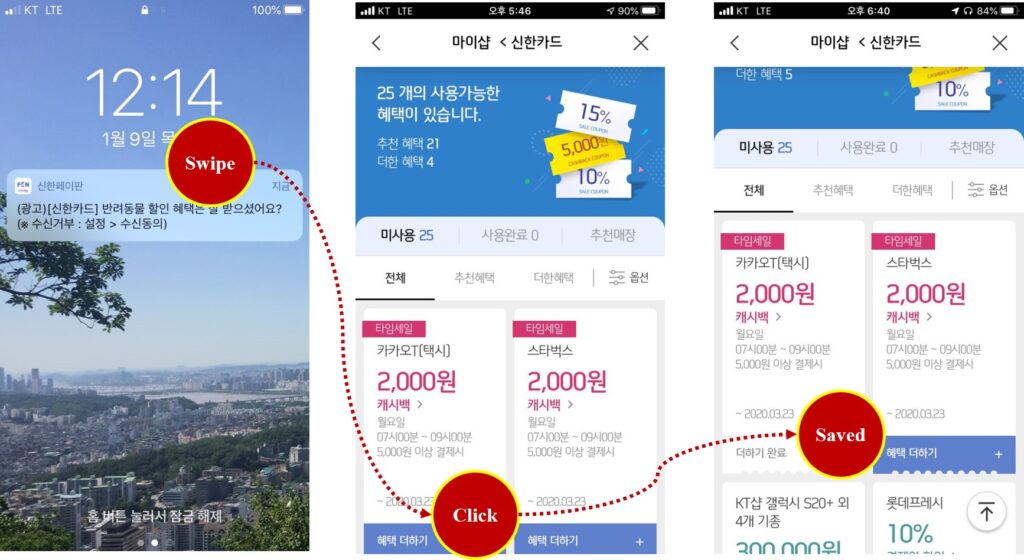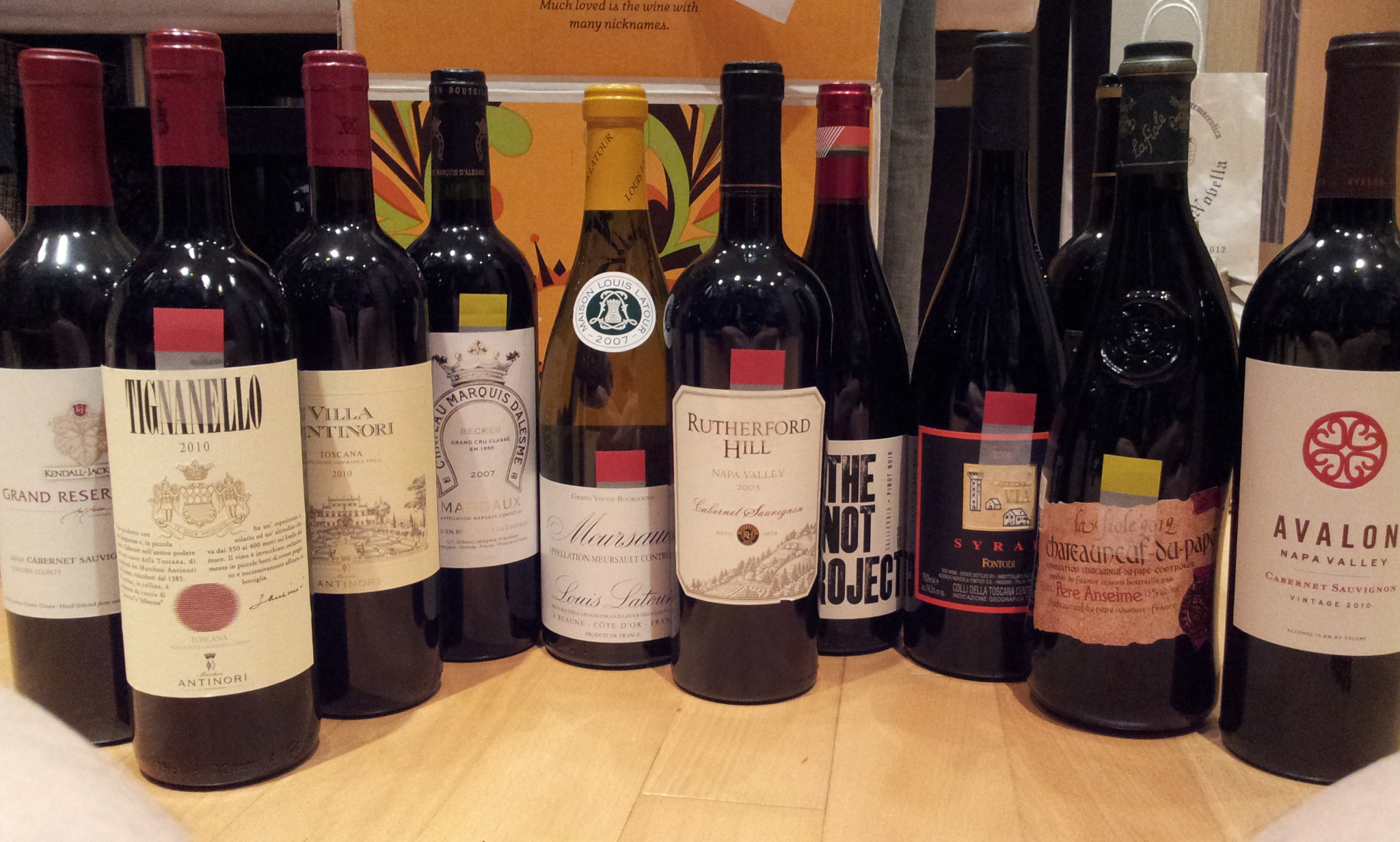Geng, L., & Joo, J. (2023). A sexual photo and a dolphin shaped pen: Effect of visceral state on hedonic choice. Actas de Diseno, 18(43), 245–249.
Abstract
We investigate whether visceral state and temporal distance influenced their choice between a hedonic and a utilitarian product. We hypothesize that consumers are more likely to choose a hedonic product when they are hot (e.g., hungry or sexually driven) than when they are cold (e.g., not hungry or not sexually driven). We further hypothesize that the effect of visceral state on hedonic-utilitarian choice is moderated by temporal distance; hot-cold choice difference disappears when consumers make a choice in the distant future. Our two hypotheses were supported by two experiments. We discuss academic contributions and managerial implications of our findings.
Keywords
Visceral state, hedonic, utilitarian, temporal distance


